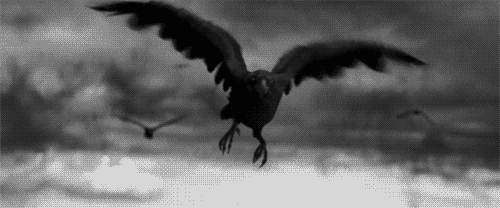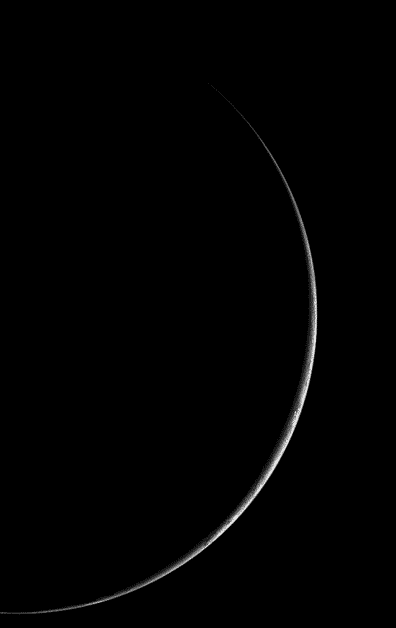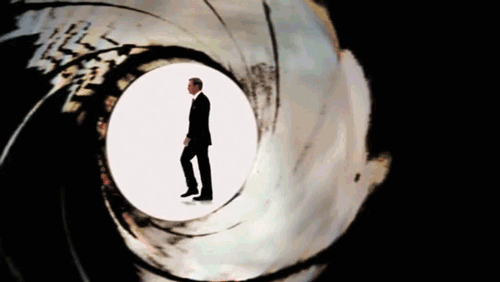Plato was one that made the divide between the world of ideas and the world of the senses explicit. In his famous Allegory of the Cave, he imagined a group of prisoners who had been chained to a cave all their lives; all they could see were shadows projected on a wall, which they conceived as their reality. Unbeknownst to them, a fire behind them illuminated objects and created the shadows they saw, which could be manipulated to deceive them. In contrast, the philosopher could see reality as it truly is, a manifestation of ideas freed from the deception of the senses. In other words, if we want to understand the true nature of reality, we shouldn't rely on our senses; only ideas are truly pure, freed from the distortions caused by our limited perception of reality.
Plato thus elevated the human mind to a god-like status, given that it can find truth through reason, in particular through the rational construction of ideal "Forms," which are the essence of all objects we see in reality. For example, all tables share the Form of "tableness," even if every table is different. The Form is an ideal and, thus, a blueprint of perfection. If I ask you to imagine a circle, the image of a circle you hold in your head is the only perfect circle: any representation of that circle, on paper or on a blackboard, will be imperfect. To Plato, intelligence was the ability to grasp the world of Forms and thus come closer to truth.
Due to its connection with the search for truth, it's no surprise that Plato's ideas influenced both scientists and theologians. If the world is made out of Forms, say geometrical forms, reality may be described mathematically, combining the essential forms and their relations to describe the change we see in the world. Thus, by focusing on the essential elements of reality as mathematical objects and their relations we could, perhaps, grasp the ultimate nature of reality and so come closer to timeless truths.
The notion that mathematics is a portal to final truths holds tremendous intellectual appeal and has influenced some of the greatest names in the history of science, from Copernicus, Kepler, Newton, and Einstein to many present-day physicists searching for a final theory of nature based upon a geometrical scaffolding, such as superstring theories.
For Platonist theologians, the notion that the ultimate reality is built from timeless Forms, mathematical and otherwise, supported the view that the world is the opus of an intelligent creator. Nicholas of Cusa, the brilliant 15th century papal legate in Germany, used such arguments in his "On Learned Ignorance" to claim that the Earth couldn't be the center of the universe, an idea that later inspired Copernicus and Giordano Bruno.
Cusa wrote:
"Since the center is a point equidistant from the circumference, and since it is impossible to have a sphere or a circle so perfect that a more perfect one could not be given, it clearly follows that a center could always be found that is truer and more exact than any given center. Only in God are we able to find a center which is with perfect precision equidistant from all points, for He alone is infinite equality."
Cusa goes as step beyond, acknowledging that, even though the only way to grasp for the truth is through our minds, a final truth is unachievable. We cannot know the mind of God.
Taken in context, we can see where modern scientific ideas that relate the ultimate nature of reality to geometry come from. If it's not God the Geometer anymore, Man the Geometer persists. That this vision offers a major drive to human creativity is undeniable.
We do imagine the universe in our minds, with our minds, and many scientific successes are a byproduct of this vision. Perhaps we should take Cusa's advice to heart and remember that whatever we achieve with our minds will be an expression of our own creativity, having little or nothing to do with ultimate truths.
























No comments:
Post a Comment